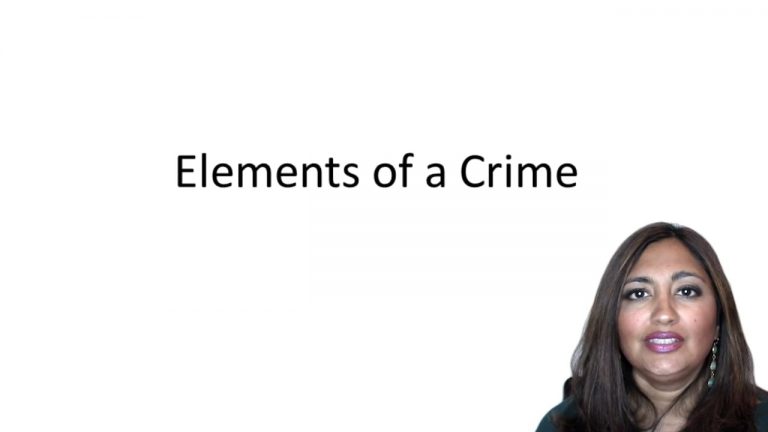SmartBrief
Confirm favorite deletion?
Criminal Law Keyed to Kennedy
United States v. Ortiz
Citation:
966 F.2d 707.Facts
On February 19, 1991, a federal agent, Roberto Izquierdo, arranged to buy half of a kilogram of cocaine from Ernesto Llanos Domenech (Llanos). When Llanos arrived, he asked Izquierdo to come to his house. He refused. Llanos then left to retrieve the cocaine, promising to meet his prospective customer later that evening in a parking lot.
Unbeknownst to Llanos, he was placed under surveillance at that time. On the way home, Llanos flagged down a passing car operated by defendant Nunez. They proceeded to Llanos’ house and then the pair drove to the parking lot. When Llanos’ car stopped, the agent, Izquierdo, approached the open window on the passenger’s side. Llanos said that he had brought a package containing a kilogram of cocaine. Izquierdo protested that this was double the amount he had agreed to purchase. Llanos then told the agent that he and Nunez would go back to his house, cut the drug, reweigh it, and return with a half kilogram.
Llanos later returned to the parking lot that evening, accompanied by Nunez’s brother-in-law, defendant Ortiz. Llanos grabbed the cocaine from a bag and sold it to the agent. DEA agents then arrested Llanos and Ortiz, and later, Nunez.
Nunez and Ortiz were found guilty of aiding and abetting Llanos’ intended cocaine distribution. Both men appealed, arguing that the evidence was not sufficient.
Only StudyBuddy Pro offers the complete Case Brief Anatomy*
Access the most important case brief elements for optimal case understanding.
*Case Brief Anatomy includes: Brief Prologue, Complete Case Brief, Brief Epilogue
- The Brief Prologue provides necessary case brief introductory information and includes:
Topic:
Identifies the topic of law and where this case fits within your course outline.Parties:
Identifies the cast of characters involved in the case.Procedural Posture & History:
Shares the case history with how lower courts have ruled on the matter.Case Key Terms, Acts, Doctrines, etc.:
A case specific Legal Term Dictionary.Case Doctrines, Acts, Statutes, Amendments and Treatises:
Identifies and Defines Legal Authority used in this case.
- The Case Brief is the complete case summarized and authored in the traditional Law School I.R.A.C. format. The Pro case brief includes:
Brief Facts:
A Synopsis of the Facts of the case.Rule of Law:
Identifies the Legal Principle the Court used in deciding the case.Facts:
What are the factual circumstances that gave rise to the civil or criminal case? What is the relationship of the Parties that are involved in the case.Issue(s):
Lists the Questions of Law that are raised by the Facts of the case.Holding:
Shares the Court's answer to the legal questions raised in the issue.Concurring / Dissenting Opinions:
Includes valuable concurring or dissenting opinions and their key points.Reasoning and Analysis:
Identifies the chain of argument(s) which led the judges to rule as they did.
- The Brief Prologue closes the case brief with important forward-looking discussion and includes:
Policy:
Identifies the Policy if any that has been established by the case.Court Direction:
Shares where the Court went from here for this case.
Topic Resources
Topic Videos
 10m 5s
10m 5s 8m 43s
8m 43sTopic Outline
Topic Refresher Course
